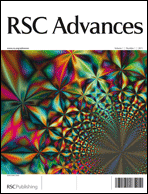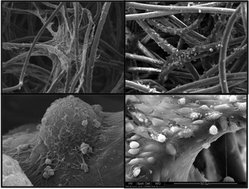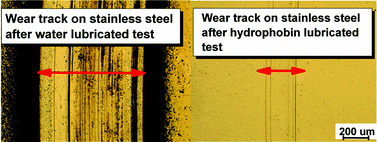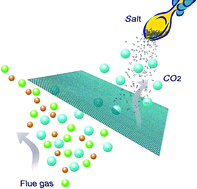This month sees the following articles in that are in the top ten most accessed:-
Synthesis of graphene-based nanomaterials and their application in energy-related and environmental-related areas
Guixia Zhao, Tao Wen, Changlun Chen and Xiangke Wang
RSC Adv., 2012, 2, 9286-9303
DOI: 10.1039/C2RA20990J
Progress in redox flow batteries, remaining challenges and their applications in energy storage
Puiki Leung, Xiaohong Li, Carlos Ponce de León, Leonard Berlouis, C. T. John Low and Frank C. Walsh
RSC Adv., 2012, 2, 10125-10156
DOI: 10.1039/C2RA21342G
Graphene–inorganic nanocomposites
Song Bai and Xiaoping Shen
RSC Adv., 2012, 2, 64-98
DOI: 10.1039/C1RA00260K
Iron-containing nanomaterials: synthesis, properties, and environmental applications
Boris I. Kharisov, H. V. Rasika Dias, Oxana V. Kharissova, Victor Manuel Jiménez-Pérez, Betsabee Olvera Pérez and Blanca Muñoz Flores
RSC Adv., 2012, 2, 9325-9358
DOI: 10.1039/C2RA20812A
Development of a pyrene based “turn on” fluorescent chemosensor for Hg2+
Gandhi Sivaraman, Thangaraj Anand and Duraisamy Chellappa
RSC Adv., 2012, 2, 10605-10609
DOI: 10.1039/C2RA21202A
Hierarchical NiO hollow microspheres assembled from nanosheet-stacked nanoparticles and their application in a gas sensor
Guoxing Zhu, Chunyan Xi, Huan Xu, Dan Zheng, Yuanjun Liu, Xiang Xu and Xiaoping Shen
RSC Adv., 2012, 2, 4236-4241
DOI: 10.1039/C2RA01307J
Graphene quantum dots with controllable surface oxidation, tunable fluorescence and up-conversion emission
Shoujun Zhu, Junhu Zhang, Xue Liu, Bo Li, Xingfeng Wang, Shijia Tang, Qingnan Meng, Yunfeng Li, Ce Shi, Rui Hu and Bai Yang
RSC Adv., 2012, 2, 2717-2720
DOI: 10.1039/C2RA20182H
Recent developments in solvent-free multicomponent reactions: a perfect synergy for eco-compatible organic synthesis
Maya Shankar Singh and Sushobhan Chowdhury
RSC Adv., 2012, 2, 4547-4592
DOI: 10.1039/C2RA01056A
Graphene oxide and its reduction: modeling and experimental progress
Shun Mao, Haihui Pu and Junhong Chen
RSC Adv., 2012, 2, 2643-2662
DOI: 10.1039/C2RA00663D
Boron dipyrromethene (BODIPY)-based photosensitizers for photodynamic therapy
Samuel G. Awuah and Youngjae You
RSC Adv., 2012, Advance Article
DOI: 10.1039/C2RA21404K
Why not take a look at the articles today and blog your thoughts and comments below.
Fancy submitting an article to ? Then why not submit to us today.













 The first
The first  RSC Advances
RSC Advances


